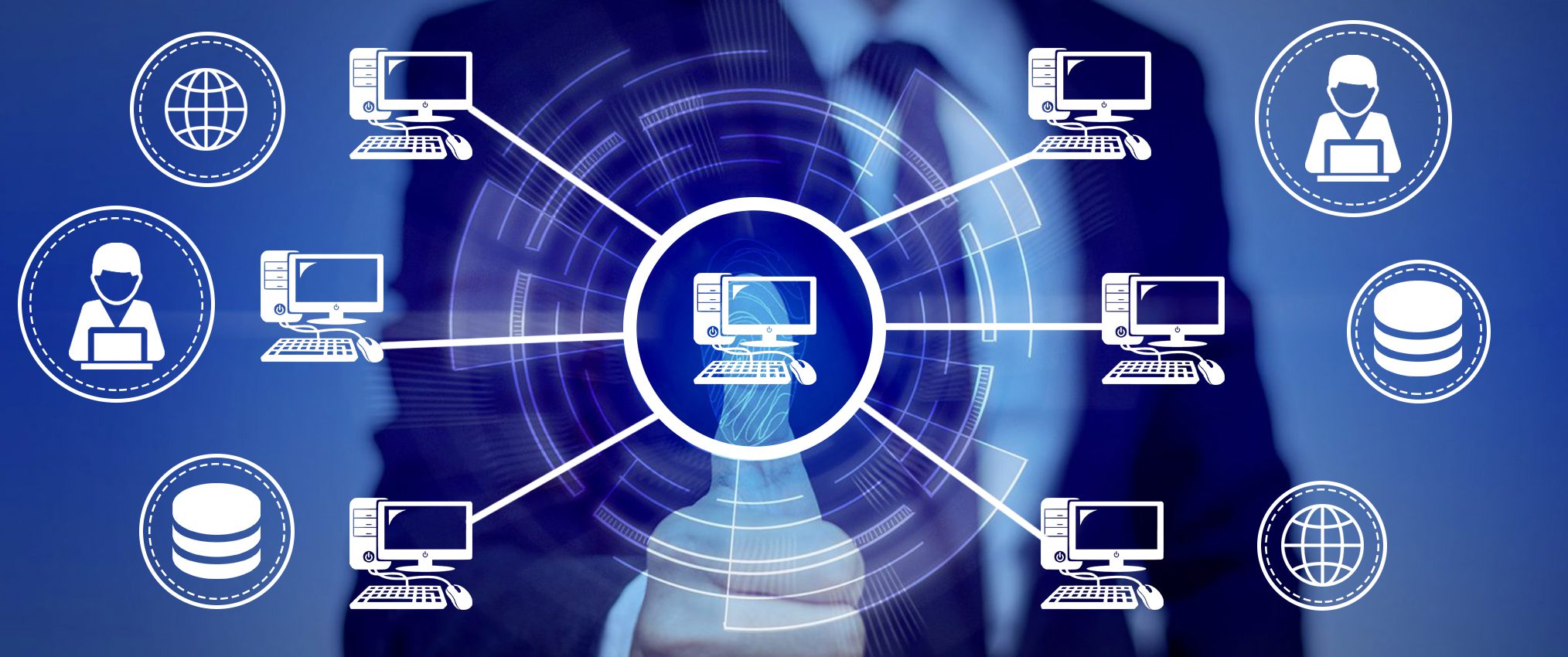Data processing has become an essential element of business and companies nowadays. This is so because processing of data converts information and data in a highly readable manner. There are a variety of approaches, tools, and techniques to do data processing, but before coming to this we should have a basic understanding of data processing.
WHAT IS DATA PROCESSING?
Data Processing is, generally, the collection and manipulation of items to produce meaningful information. Processed data often comes in the form of tables, diagrams, and reports.
STAGES OF DATA PROCESSING CYCLE
COLLECTION: – Collection is the first stage of data processing cycle. Collection of data is a challenging task but it is an area in which we should give more focus, after all, it is the most essential on which the result depends on. The collection process ensures that the data obtained are well defined and accurate so as to ensure the validity of the data. This is the very first stage and a pathway in which other stages depend on.
There are many types of data collection methods, some of them are sample survey (selecting a sample of elements from a target population to conduct a survey), census (systematically acquiring and recording information about the members of a given population) and administrative by-products.
PREPARATION: –Preparation involves sorting and filtering of data which will be ultimately used as input. This stage is required to delete the unwanted and less important data to make the required data more interesting and reliable. This step ensures that the data is within limits and contains vital information.
INPUT:-It is a function where data prepared is verified and transformed into computer readable form so that it can be easily processed. The process of data entry is done through input devices like keyboard, scanner or data entry from another source. This process takes a lot of time and hence require a lot of speed and accuracy in its work. The data has to be very rigid and formal since a lot of processing power is required to cut down the hardcore data in this stage. Due to this reason, many businesses opt to outsource this particular stage of data processing.
PROCESSING: –This is the stage where data is subject to various automated and mechanical means of processing. The process may be built up with various threads of execution that in turns give an instruction based on operating system. Processing of data takes a lot of time depending on the complex nature and the amount of input data. The above-mentioned stage i.e. the stage of preparation helps in making the step of process faster.
OUTPUT AND INTERPRETATION: – This is the stage where the processed data is now delivered to the interested users. Data is transmitted to users in various reports like the printed report, video, audio or on a monitor. The data need to be interpreted in such a manner that it provides reliable information to the users and guide them in making decisions.
STORAGE: -The last and final stage in data processing cycle are storage where the data collected, prepared, processed and interpreted are maintained for the future purpose. The major benefit of this stage is that it enables quick access and retrieval of the processed data allowing it to be passed on to the next stage.
The above cycle gives an overall view of how data is collected, processed, interpreted, stored and finally produced to the users for effective decision making.
The need to process data is now widely realized and reflected in every field of work. It is a multidimensional process which is involved in almost every field. It is the task of synchronizing the collected data from different sources and convert it to an organized form. We in offshore data processing make sure that all these factors are taken into consideration for providing the best data processing services.








Leave a Reply